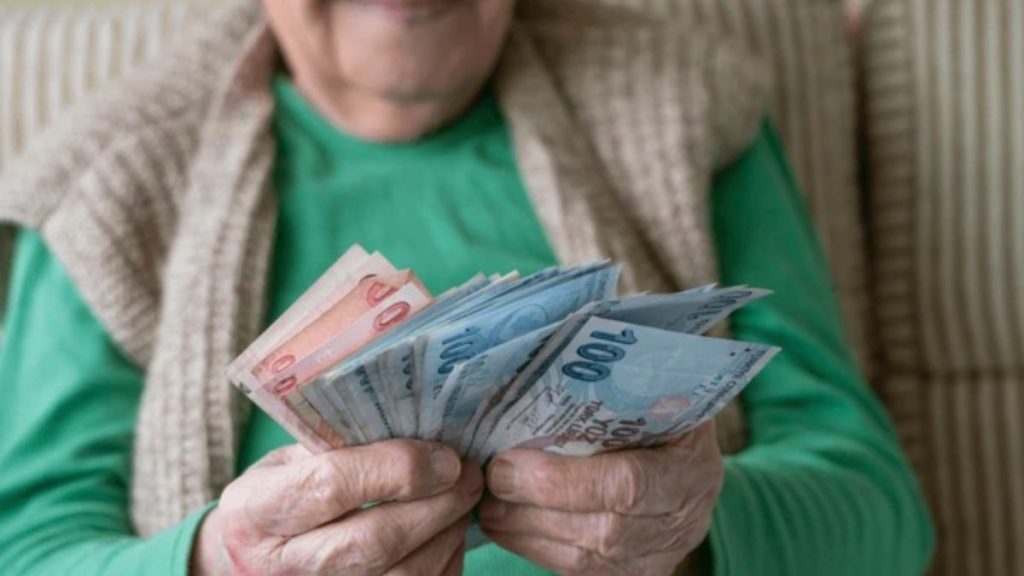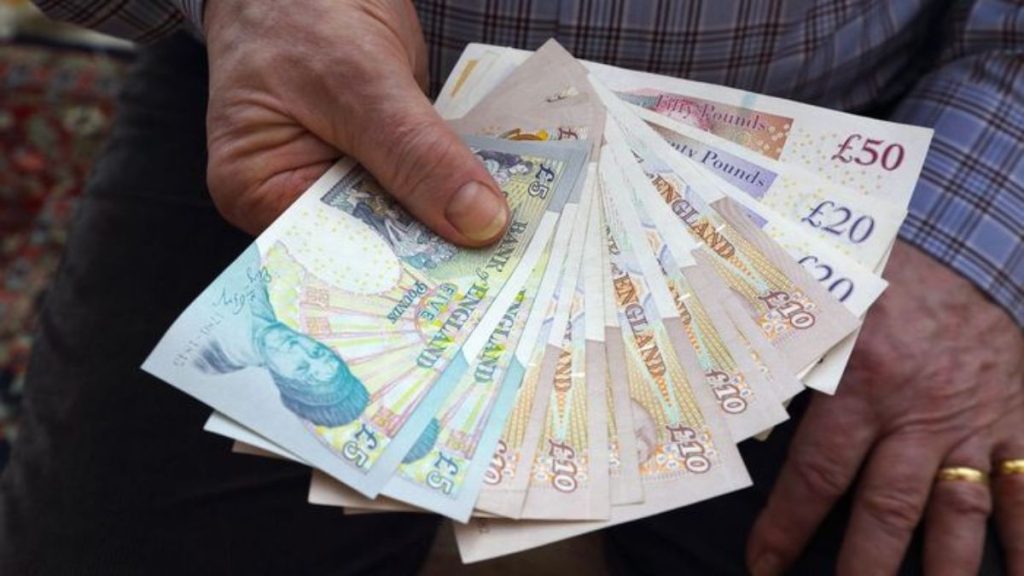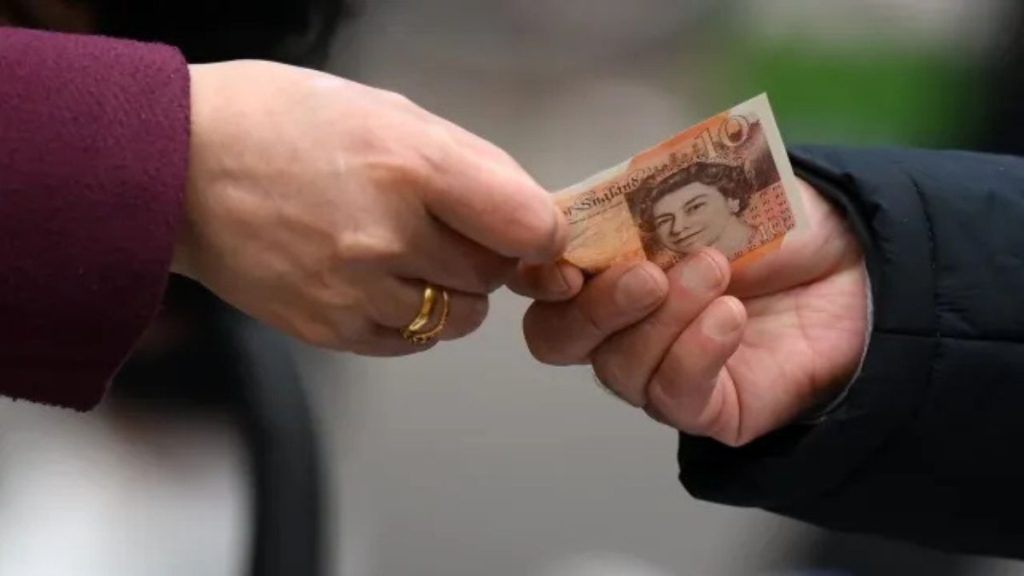For thousands of low-income households across the UK, saving money can feel nearly impossible in today’s financial climate. Rising food prices, higher utility bills, and the overall cost-of-living crisis have left many families struggling just to get by. But for people on Universal Credit or Working Tax Credit, there’s some good news: the government has extended the Help to Save scheme until April 2025, allowing eligible claimants to secure up to £1,200 in government-paid bonuses simply for saving.
The scheme, run by HM Revenue & Customs (HMRC) with support from the Department for Work and Pensions (DWP), is one of the few financial tools that pays claimants a generous reward just for setting aside small amounts of money each month. Here’s a detailed look at how it works, who qualifies, and why this extension could be life-changing for many struggling households.
A Savings Scheme That Rewards Low-Income Families

The Help to Save programme was designed to encourage financial resilience among low-income households. For every £1 saved, the government contributes an additional 50p bonus, making it one of the most rewarding saving schemes available in the UK.
Participants can deposit as little as £1 per month, or as much as £50 per month. At maximum contributions, savers could put away £1,200 over two years and receive £600 in free government money. Continue saving for the full four years, and another £600 bonus is possible—totalling £1,200 in bonuses plus personal savings.
In practice, that means someone consistently saving £50 each month could end the scheme with £3,600 in total funds.
How the Bonus System Works
The structure of the scheme is simple but strategic, encouraging long-term saving habits. Bonuses are paid in two instalments:
- First Bonus (after two years)
- Worth 50% of the highest balance achieved during the first two years.
- Example: If you saved £50 every month (£1,200 total), your bonus would be £600.
- Second Bonus (after four years)
- Worth 50% of additional savings made in the final two years, compared to the highest balance in the first two years.
- Example: If you saved another £1,200 in years three and four, you’d receive a second £600 bonus.
Important: Withdrawing money early can reduce your bonus, as the scheme calculates based on highest balances.
Key Features of Help to Save
- Flexibility: You can save as little or as much as you like each month (£1–£50).
- Accessibility: Withdrawals are allowed at any time, though they may impact bonuses.
- Automatic Closure: Accounts remain open for four years and close automatically at the end.
- One Account Rule: You cannot open more than one Help to Save account, and if you close it early, you lose future bonuses.
For families juggling uncertain incomes, the flexibility to skip a month or withdraw in emergencies makes this scheme far more practical than traditional savings accounts
Eligibility Criteria
To qualify for Help to Save in 2025, applicants must:
- Be receiving Universal Credit with at least £1 in take-home pay during the latest assessment period, OR
- Be entitled to Working Tax Credit (or Child Tax Credit alongside Working Tax Credit).
- Reside in the UK (exceptions apply to Crown servants, armed forces members, and their spouses or civil partners living abroad).
Couples receiving benefits jointly can both apply, but each must hold their own separate account.
Why the Extension Matters
The scheme was initially set to end in September 2023, but uptake figures showed a gap: while 359,000 people had opened accounts, nearly 3 million more eligible households had not applied.
The extension to April 2025 gives millions another chance to take advantage of this rare government-backed saving incentive.
In an era when savings rates are low and financial insecurity is high, the Help to Save scheme offers:
- Financial relief through government bonuses.
- Resilience against unexpected expenses.
- Improved money management habits for long-term stability.
Why This Could Be Life-Changing
For low-income families, finding extra money to save is already difficult. But the 50% bonus effectively transforms small savings into substantial funds.
- Save £10 a month → Bonus of £60 after two years.
- Save £25 a month → Bonus of £300 after two years.
- Save £50 a month → Bonus of £600 after two years.
Even modest savings can grow meaningfully over time. The programme is particularly useful for families facing rising utility bills, emergency expenses, or the desire to build a financial cushion without relying on loans or credit cards.
How to Open a Help to Save Account
Opening an account is straightforward and can be done online:
- Visit www.gov.uk/helptosave.
- Sign in with your Government Gateway ID or HMRC app login.
- Provide details of your Universal Credit or Tax Credit entitlement.
- Set up your bank account for deposits and withdrawals.
- Start saving—any amount from £1 to £50 per month.
You will be able to track your savings and estimated bonus through your online account.
What If You Withdraw Early?
One of the main concerns for savers is whether withdrawing money early cancels the bonus. The good news: you will not lose money already saved, but early withdrawals can reduce the size of your bonus since it is calculated on the highest balance achieved.
For example, if you saved £500, then withdrew £200, your bonus would only be calculated on the highest £500 balance—not what remains.
Wider Impact on the Economy
Financial experts argue that encouraging savings among low-income households not only helps families but also strengthens the wider economy. Families with modest savings are:
- Less reliant on payday loans or high-interest credit.
- Better able to manage emergencies, reducing financial stress.
- More empowered to plan for long-term stability.
By supporting nearly 3 million households, the DWP and HMRC hope to improve financial resilience at a national level.
5 FAQs
Q1. How much can I get from the Help to Save scheme?
You can earn up to £1,200 in government bonuses over four years, plus your own savings.
Q2. Who qualifies for Help to Save?
You must be on Universal Credit with at least £1 income, or receiving Working Tax Credit, and live in the UK (with exceptions for Crown servants or armed forces families abroad).
Q3. Do I need to save every month?
No. You can save between £1 and £50 per month, and it’s fine to skip months.
Q4. Can I withdraw my savings early?
Yes, but it may reduce your final bonus since calculations are based on the highest balance achieved.
Q5. When does the scheme end?
The scheme is open until April 2025, after which new accounts cannot be opened.














